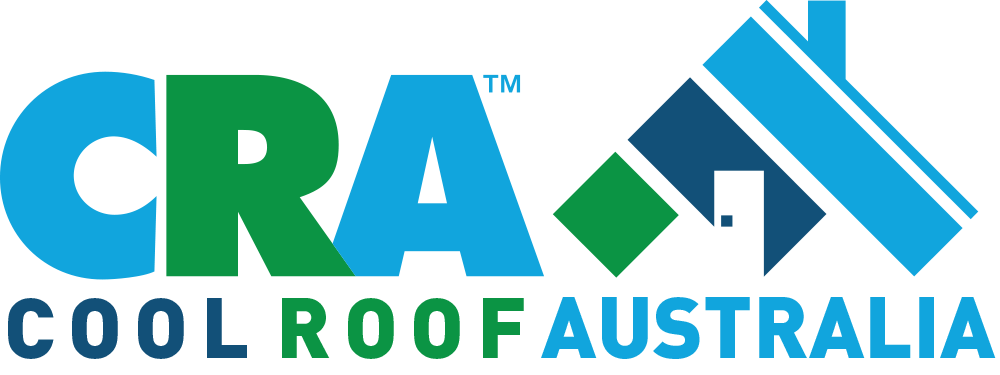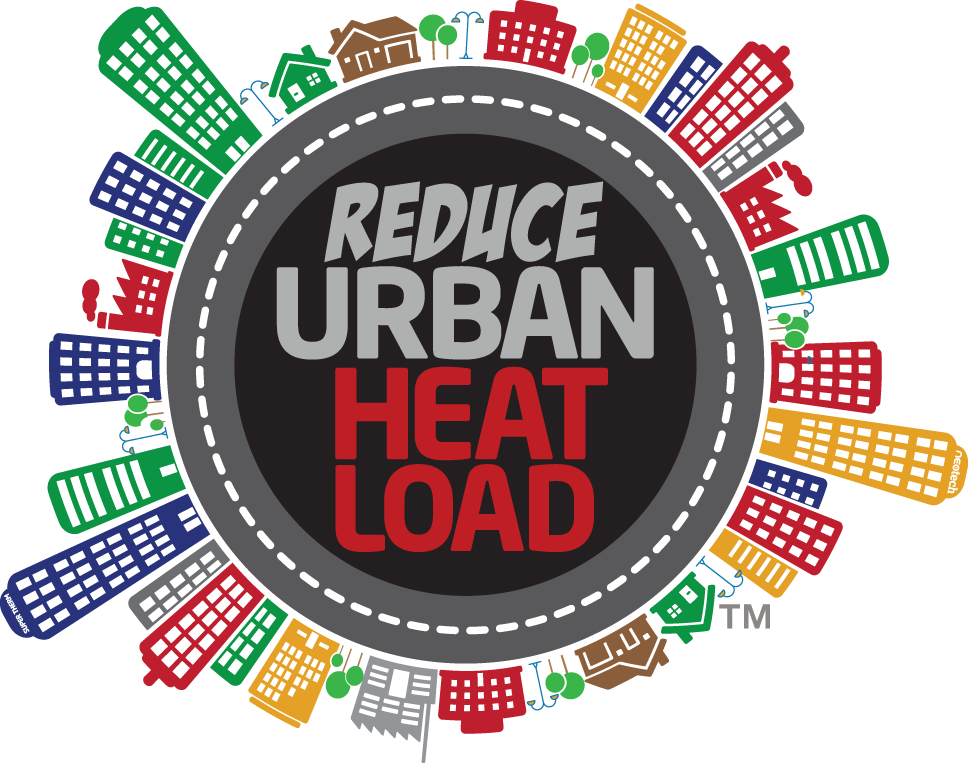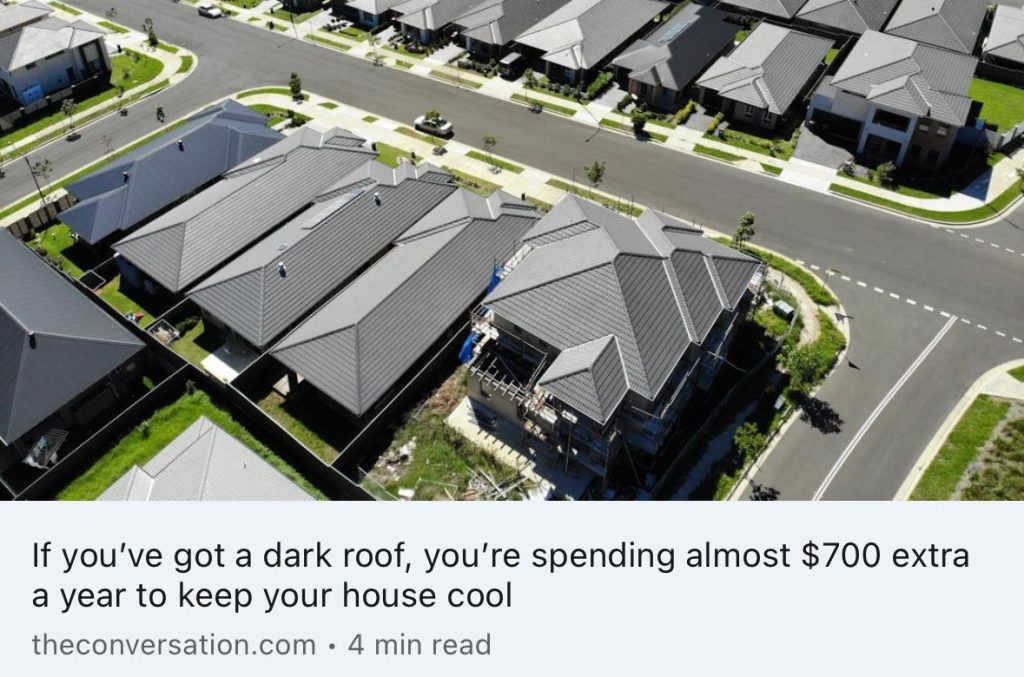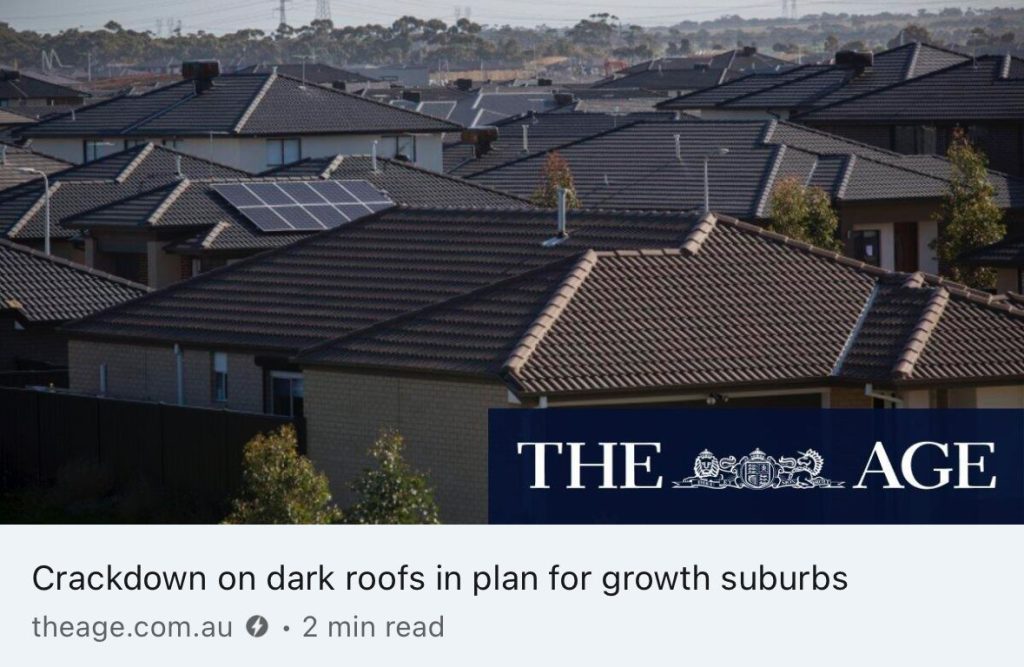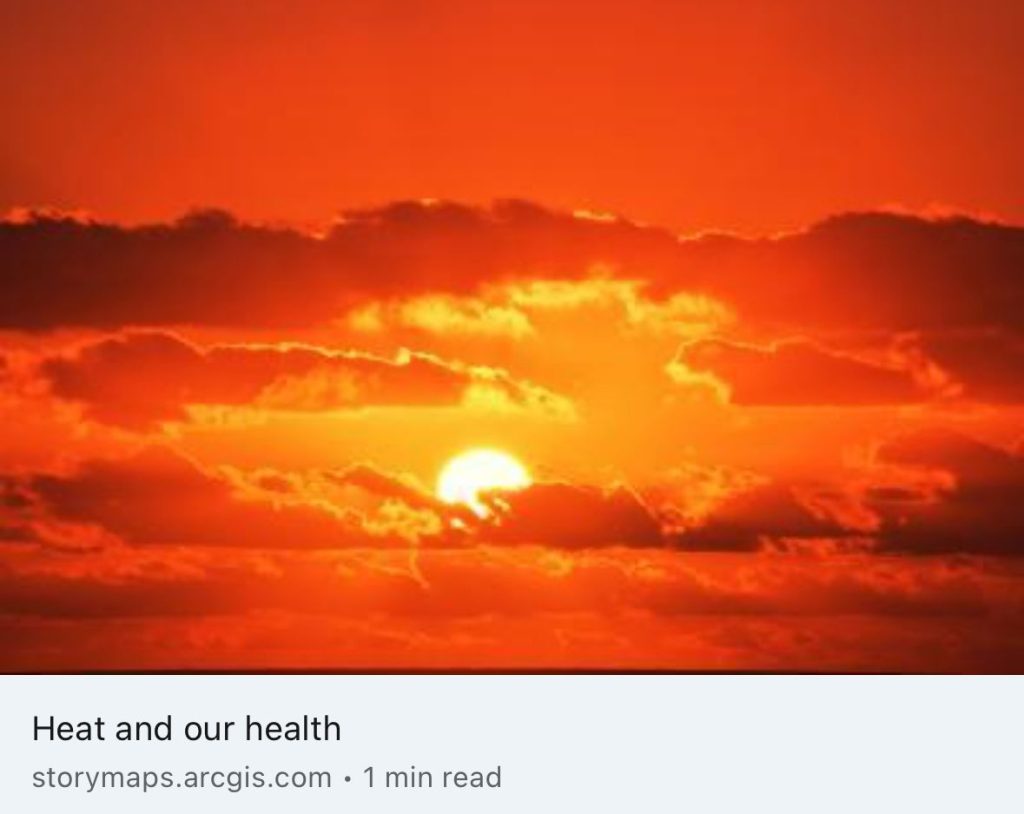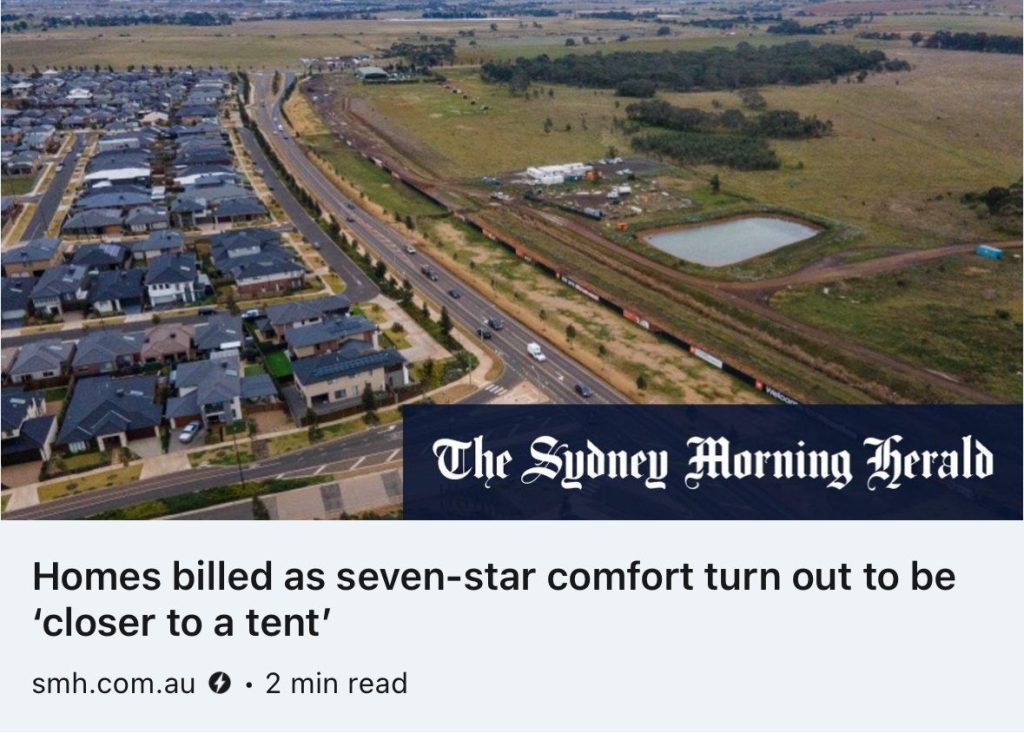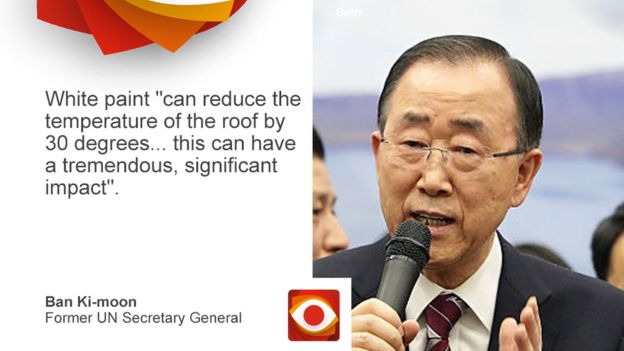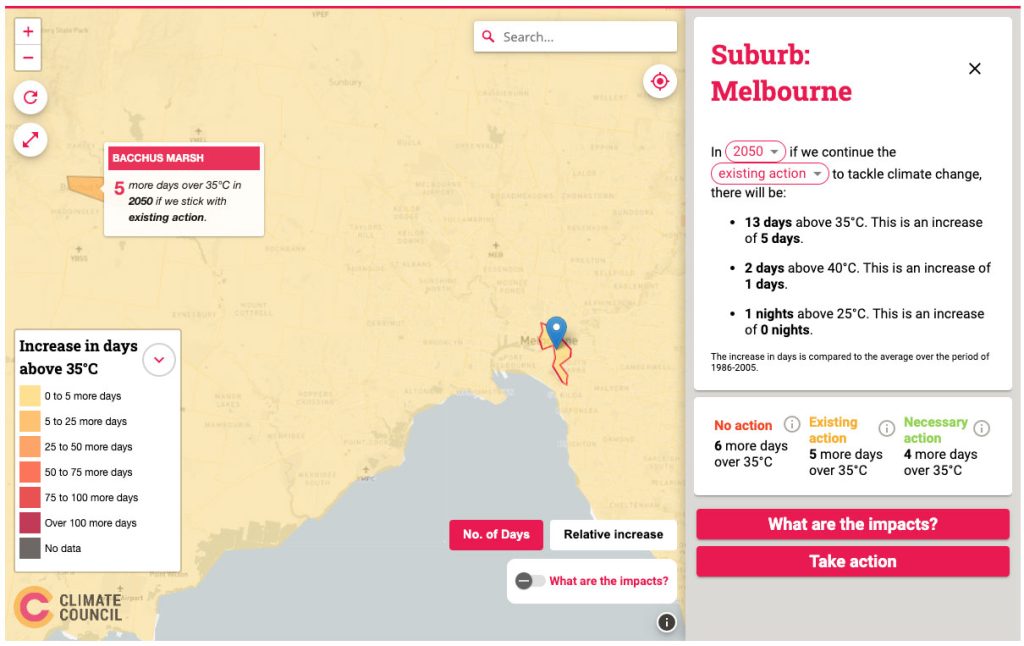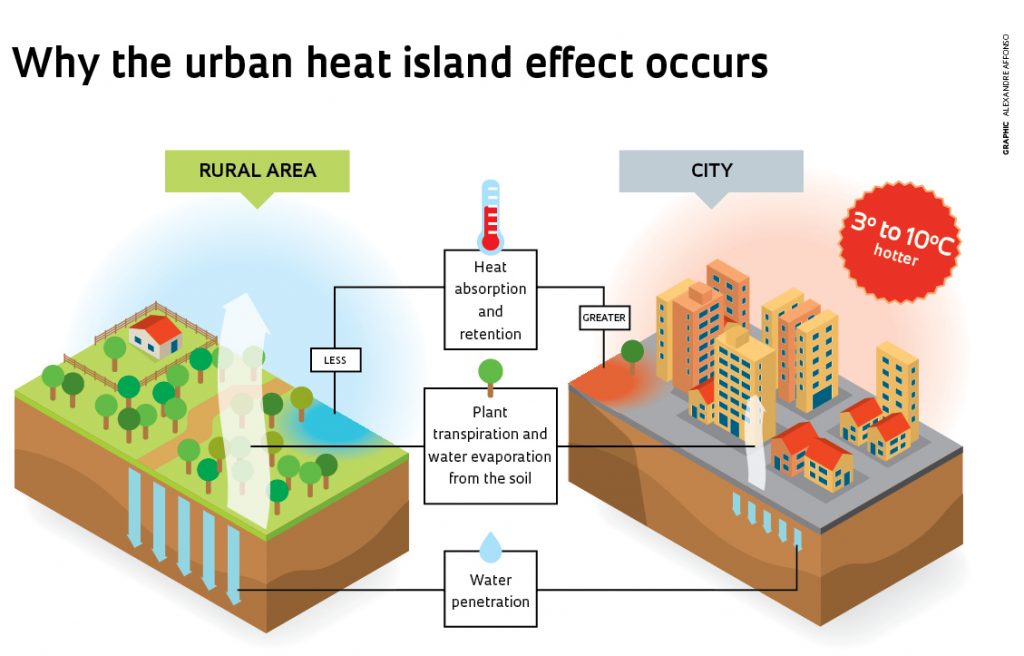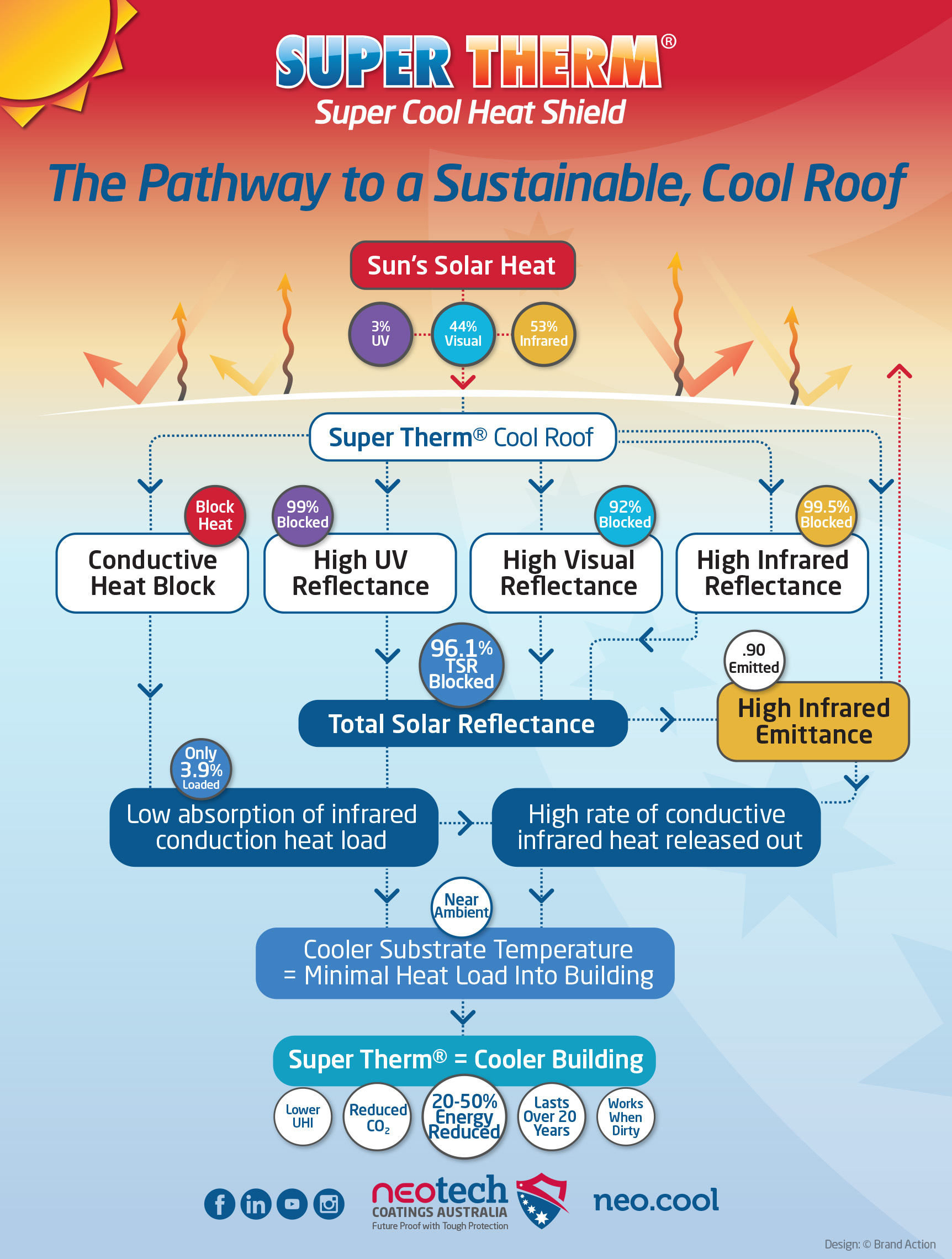Cool Roofs Australia
- Cool Roof Cost Benefits
- Cool Roofs & Wall coatings
- US Dept. of Energy Reports
- APEC Cool Roof Savings
- SRI Isn’t So Great!
- NEOtech Cool Surface Articles
- CO2 Reduction & Heat
- Climate’s Getting Hotter
- High electricity prices
- Heat Impacts The Community
Full Cool Roof Coatings Checklist
How You Can Cut Energy Costs With a New Reflective ‘Cool Roof’
Cool Roof in the Media
Cooler surfaces save lives, save money and save the planet!
Cool roofs are traditionally described to work by reflecting sunlight and heat away from a building, reducing the amount of heat absorbed through the roof and into the building’s interior. This helps to keep the building cooler and reduce the demand for air conditioning, which in turn can lower energy costs and reduce greenhouse gas emissions.
However, that isn’t quite true because heat is made up of 3 nanowaves, infrared heat 53%, visual heat (colour) 44% and UV 3%. Then colour is on a scale of black to white. The cool roof benchmark is only reflecting 44% of the light but it’s not blocking the infrared heat. The performance of a cool roof and cool wall coating is based on its technology and it’s capability to block the total solar heat, like Super Therm® that blocks 96.1% total solar heat and can last over 20 years when applied correctly.
Cool roofs are essential for the future of humanity and having a surface that blocks nearly all the heat means the surface is near ambient for many, many years. We Block Heat which is much more than reflecting sunlight. A cool roof surface needs to be assessed for all forms of heat penetrating into the surface and SRI isn’t the standard which gives you that answers. Cool roofs will be essential for the future and the right protection will be even more important for that future.
Shane Strudwick, NEOtech Coatings presents the 5 Myths of Cool Roofs in Australia.
‘Blistering temperatures’: Dark roofing banned on Sydney’s urban fringe
NSW Planning and Public Spaces Minister Rob Stokes – August, 2021
“When designing lots for detached housing, we need backyards which are big enough to plant a tree or have a garden. We need to say goodbye to the trend of having dark roofs that not only attract and retain heat and raise ambient street temperatures, but lead to astronomical electricity bills because of the need to cool homes.”
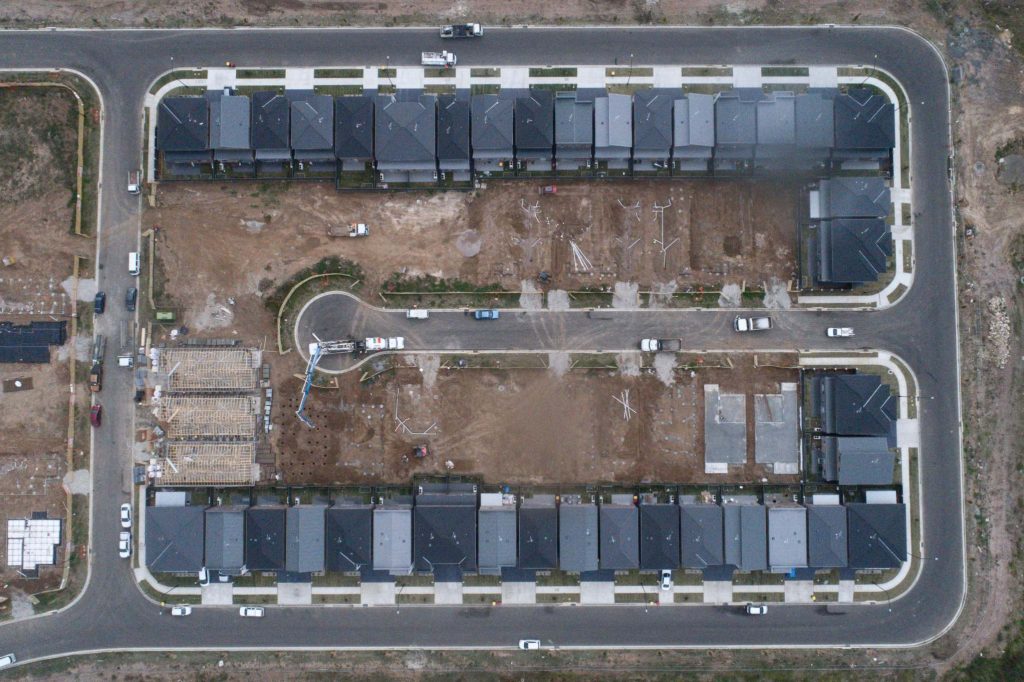
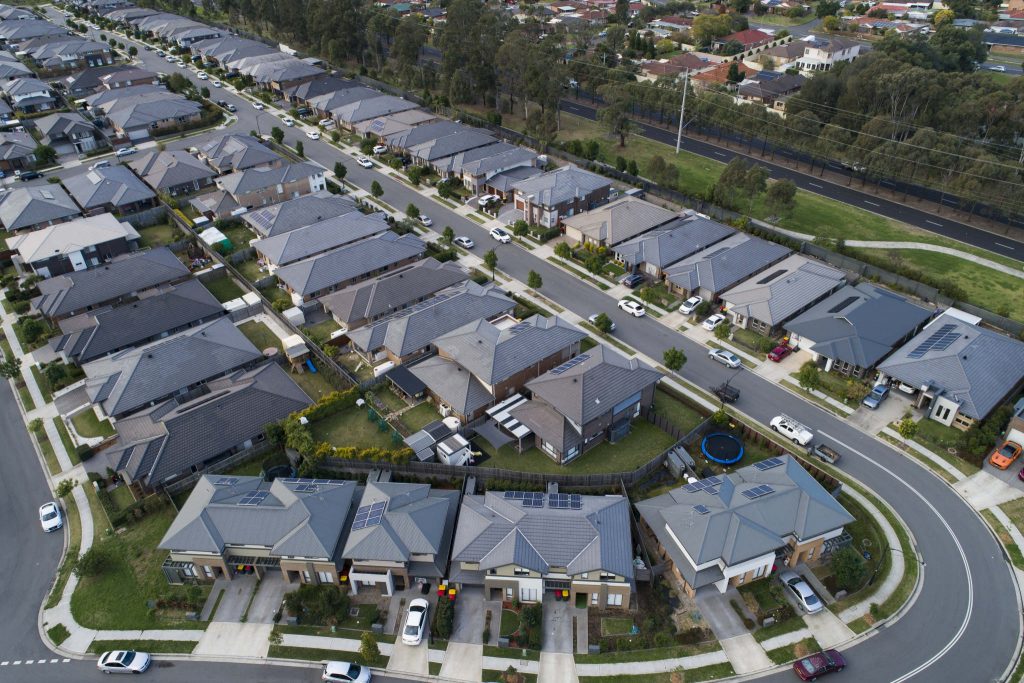
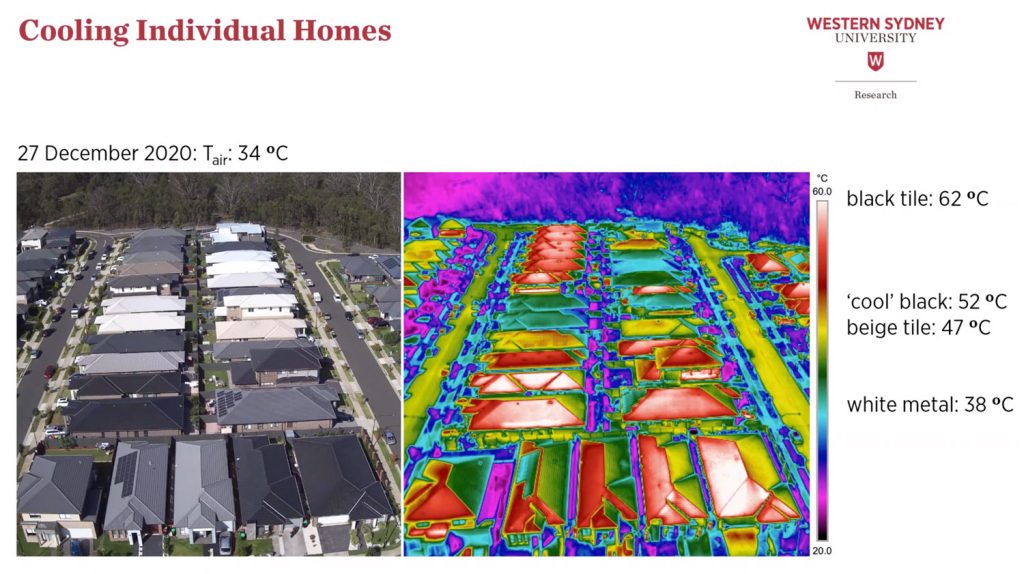
Mostly cool roofs are typically promoted as being from materials that have high solar reflectance and high thermal emittance, which means they can reflect a significant amount of sunlight and emit any heat that is absorbed back into the atmosphere. This can be achieved through a variety of techniques, such as using lighter coloured roofing materials or applying specialised reflective coatings. However, understanding how heat works is the secret ingredient that is never discussed by cool coatings manufacturers.
Many cool colours can still be hotter than ambient temperatures because it absorbs more infrared heat.
By reflecting more sunlight and absorbing less heat, cool roofs can also help to reduce the urban heat island effect, which is a phenomenon where urban areas tend to be significantly warmer than surrounding rural areas due to the concentration of heat-absorbing materials like asphalt and concrete.
Overall, cool roofs offer a simple and effective way to reduce energy consumption, lower greenhouse gas emissions, and improve the comfort and livability of buildings in hot climates.
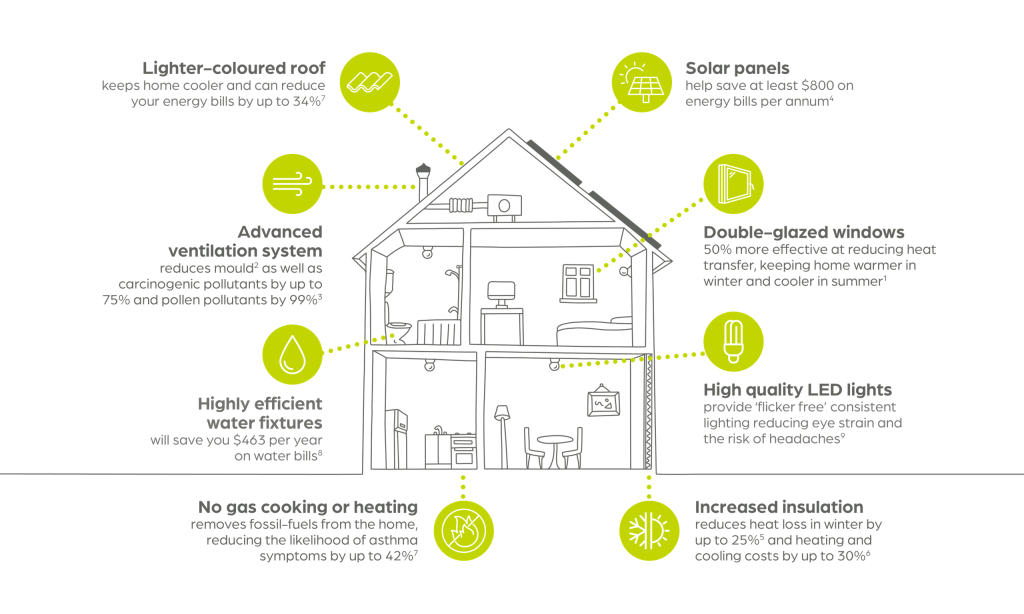
US Department of Energy
US Department of Energy: By installing a cool roof at DOE, the federal government and Secretary Chu are helping to educate families and businesses about the important energy and cost savings that can come with this simple, low-cost technology. Cool roofs have the potential to quickly and dramatically reduce global carbon emissions while saving money every month on consumers’ electrical bills.
Dr Chu, the US government’s longest-serving Secretary of Energy and the office’s first and only Nobel Prize winner, was speaking before a global climate change summit when he said this simple “geo-engineering” measure could have a dramatic impact on the amount of energy used to keep buildings comfortable, as well as directly offsetting global warming by increasing the reflectivity of the Earth.
Chu’s comments were based on 2009 research from the government’s national Berkeley Lab, which itself has won 13 Nobel prizes (WA Today).
US Department of Energy Cool Roofs Report 2003
Summary: The savings sic of cool roofs correspond to about 3.8% and 7.5% of the base energy costs for FEMP facilities and include the increased heating energy use (penalties) in winter.
Cool Roofs as an Energy Conservation Measure for Federal Buildings – U.S. Department of Energy
20-50% Energy Reduction!
Super Therm® Florida Energy Office Industry Test Reports
Washington DC
Through the Smart Roof Program, the Washington D.C. Department of General Services (DGS) is successfully integrating roof asset and energy management projects to reduce its energy use by 20 percent across its entire municipal portfolio. The strategic approach to portfolio-based roof management is being applied across 435 buildings including schools, police stations, fire stations, parks and recreation centres, and office buildings that make up 321 acres of roof area in D.C.
The Smart Roof Program Objectives include the ability to:
- Conserve Energy: Insulating, air-barrier, and day-lighting
- Reduce Runoff: Collecting, retaining, and re-using rainwater
- Reflect Heat: Reducing temperatures across the city
- Collect Solar Energy: Producing electricity and hot water
- Manage Carbon: Tracking and reducing carbon footprints
- Lead: Demonstrating best practices and directly involving the community
DGS implemented a D.C. Public Schools roof restoration project in a K-12 school district that includes 152 buildings and 6.7 million square feet of roofs. The results (from restoration alone) for D.C. public schools in this district include:
- Leaks dropped by 75%
- Capital requirements dropped by 25%
- Safety issues have been resolved
- More budget dollars are going towards classroom enhancements
Cool Roof Cost Benefits
According to AECOM worked with The Nature Conservancy (Wayback) found that in the Phoenix metro, key strategies such as expanding urban tree canopy coverage to 25% (Dallas is currently at 32%, according to Texas Trees Foundation), could have a cost-benefit ratio of 3.78, which is to say that for every dollar spent on expanding canopy coverage, the Phoenix metro would reap $3.78 worth of benefit.
This is an enormous benefit that is likely similar in the Dallas region and underscores how dealing with an urban “heat island” here may not only make public health sense but also financial sense. The potential cost-benefit ratio of a strategy like “cool roofs” is even greater, with a ratio potential of over 5.0 in the Phoenix region, emphasising the potential financial argument for incorporating more sustainable design into our buildings and roofs.
Benefit-Cost Analysis Results for Solution Scenarios Analyzed
| Solution Scenario | Benefits | Costs | Benefit-Cost Ratio |
| 100% Cool Roofs | $7.9B | $1.5B | 5.24 |
| 25% Urban Tree Canopy | $15.3B | $4B | 3.78 |
Note: Shown in $2021 over the period of analysis (2020-2019) with a 5% discount rate. Figures are rounded. Note that the benefits quantified in this analysis are limited to the five indicators included in the cost of inaction, and do not include other potential benefits that these solutions might offer–such as aesthetic benefits, air quality improvements, greenhouse gas emissions reductions, or reduced stormwater runoff.
There are many other tangential benefits of these solutions that are difficult to quantify financially, such as air quality improvement or increased non-single occupancy vehicle usage that would only serve to make the cost-benefit ratio even greater than what we’ve studied so far. It is very easy for us to wave our hands in Dallas and say that the solutions required to improve our communities are too expensive to implement and that the benefit may not outweigh the cost. However, our findings indicate there is a legitimate economic case to be had with investing more significantly in mitigation of urban heat in addition to our policy and societal goals. Read the article (Wayback).
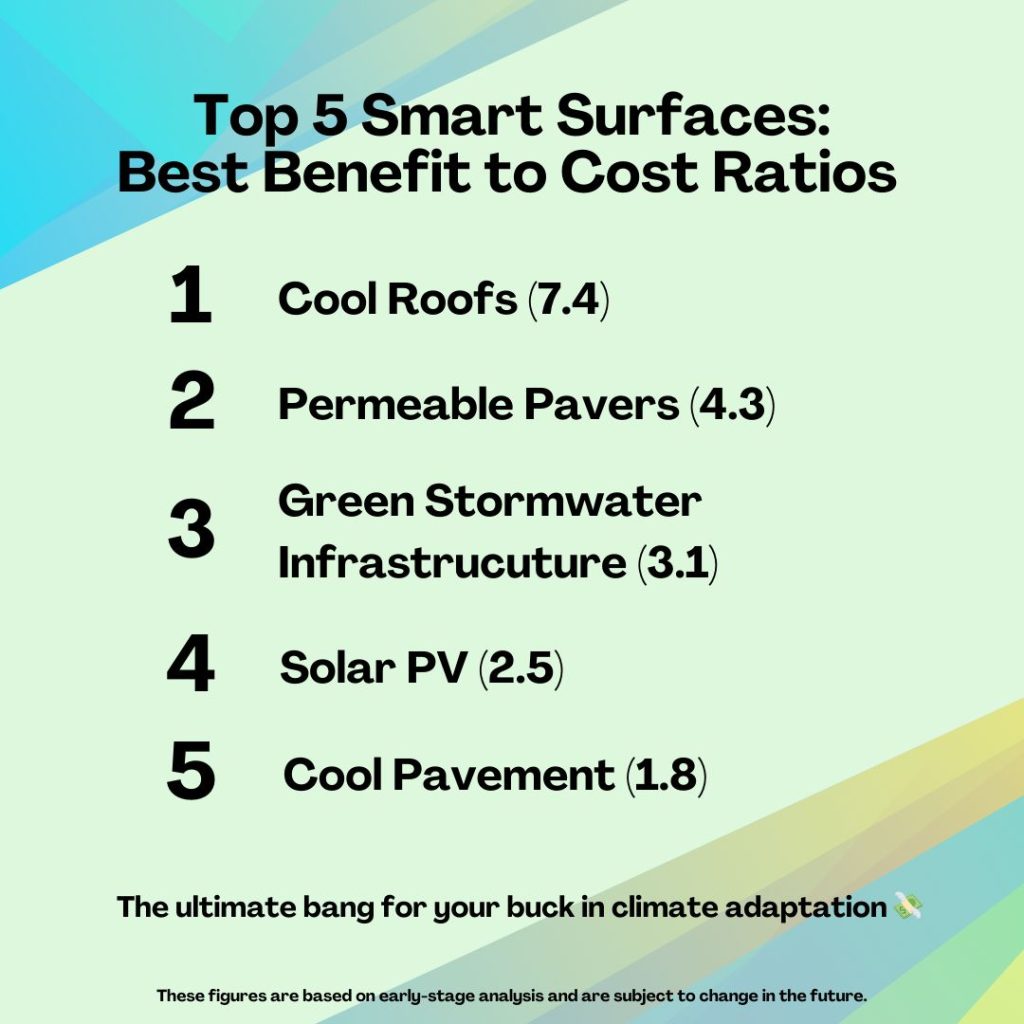

Source: Smart Surfaces Coalition
Cool roofs and wall coatings
Cool roofs and wall coatings aim to passively future proof buildings, reduce energy consumption, improve sustainability, reduce CO2 emissions, extend roof lifespan, improve well being for humans and animals and reduce the contribution to the urban heat island effect. Ultimately they should measurably reduce heat load inside buildings. As the dramatically changing climate threatens humanity, countries globally are increasingly suffering from sustained heatwaves and are trying to find ways to affordable implement passive cooling strategies in buildings and cool roofs are the blindspot in Australia’s sustainability conversation which can transform your bottomline, well being and competitive edge.
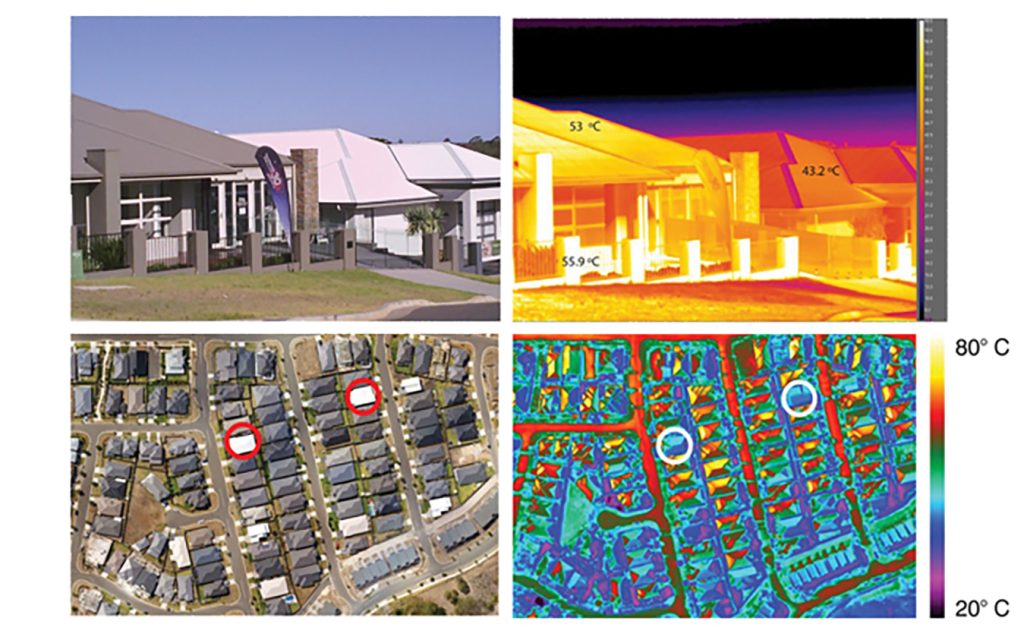
Cool roofs save businesses, industry and governments money in many ways. First and foremost the reduction of heat load from both the sun’s solar heat from infrared (53%), visual (44%) and UV (3%) heat through the roof reduces the need for extra power consumption to stay cool, therefore reducing energy and potentially reducing energy expenses. They provide a safer well being of staff from less heat related issues and stress. Reducing heat with cool surfaces also protects stock from heat related perishing and in cool and cold storage reduces the risk of contamination and spoilt stock as well as reduced maintenance of air conditioning motors. Roofing assets are extended with the reduction of thermal shock which reduces the potential of corrosion and protects the substrate. Cool roof coatings also improve the efficiency of PV solar by creating a cooler microclimate round the panels which increases the output of solar power along with less power consumed means more back to the grid. Cool roofs also reduce the consumption of diesel fuel in transportation costs.
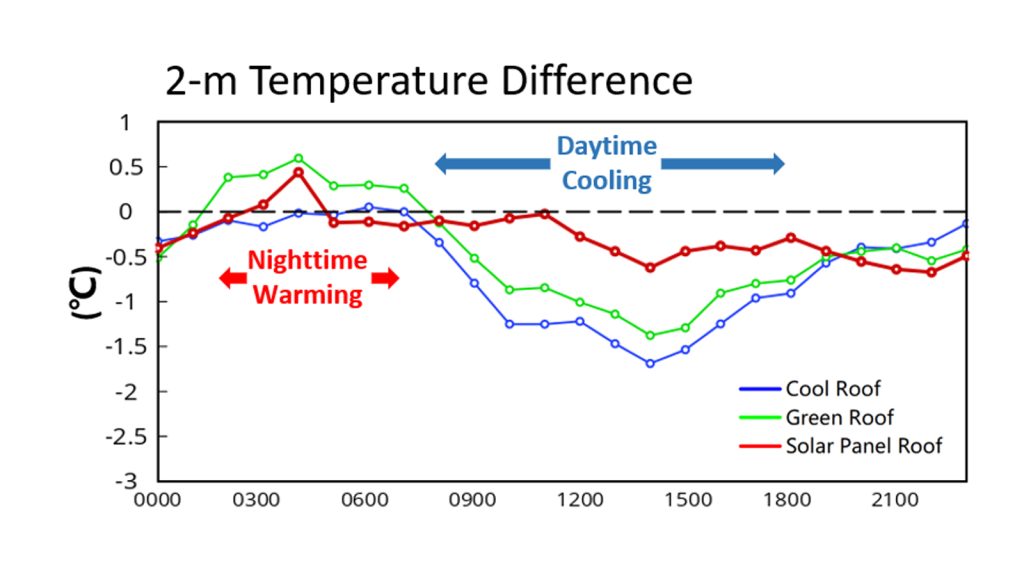
Implementing cool roofs during the cooler months ensures when you transition to summer businesses are prepared for the change. Naturally as summer heat bites the demand for application increases and there can be extensive waiting for both applicators or the correct coatings. While you can apply glossy white reflective heat paints, they primarily reflect the visual component of heat. While many products promote the relative value of SRI (Solar Reflectance Index), understanding how much heat as an absolute value of heat transfer into the building is most important. For the most effective results from a cool surface coating look for products that are tested to also block infrared heat, are light in colour, last over 15+ years and have a very low U value below 0.100 W/m2/K ideally. You can also look for additional benefits of fire protection, sound reduction, resists mould and mildew and are safe water based with low VOCs.

Even a solar absorption of 0.4 is too high for light colours, that’s 40% of the solar heat. Super Therm® blocks 96.1% of the total solar heat, meaning even less heat enters the home which passively reduces energy costs, reduces carbon emissions and keeps the occupants safer in high heat. The hotter the better with Super Therm®.
SHANE STRUDWICK, CEO, NEOTECH COATINGS AUSTRALIA
Cool roofs are the new frontier and opportunity for businesses to reduce heat at the envelope of a building. Regrettably in Australia there are many dark roofs which can be 50% hotter and actually draw more heat into buildings which makes no sense in our hot environment with high power prices. The need to block the infrared heat before it enters the building is crucial. Cool roof coatings have been proven globally since the 1980s as a simple, passive and positive method to help reduce the temperature inside buildings and importantly they don’t rely on mechanical methods to remain cool reducing pressure on power grids. While NatHERS state 25-35% of heat is transferred into a building through the roof, a cool roof will put you ahead of the curve in your sustainability and efficiency goals, save you money and future proof against a warming climate and rising power prices.
APEC Member Economy
Annual Cost Saving in Australia is
$2,296,820,479 from Cool Roofs
Cool Roof technologies and their benefits in reducing surface temperature and UHI are generally well understood and agreed, with research, standardisation most advanced/established in the US. There are numerous initiatives in US promoting use of Cool Roofs. EU is pushing ahead through the EU Cool Roof Council.
Most APEC member economies however do not have specific regulation or legislation pertaining to Cool Roofs and the implementation of Cool Roofs is still in its infancy in Asia. There are no clear examples of Cool Roof policy, regulation, incentive or implementation (with the exception of Japan). Overall Cool Roof systems do not appear to be a well established form of energy efficiency technology in South East Asia.
Other focus of energy efficiency in buildings relate to building envelope thermal transfer, mechanical systems and energy use within buildings, such as energy efficient lighting, air conditioning, and appliances.
In developed economies where buildings are relatively modern and built to high R-value standards, Cool Roofs may not have a dramatic effect on the cooling load so energy reduction could be relatively low. In developing economies the proportion of air-conditioned buildings, especially dwellings, is substantially less than in developed economies and thus the potential for thermal load reduction from the implementation of Cool Roofs much greater. However, most occupiers of low or non-insulated buildings will not have air-conditioning so although the thermal load may reduce there is no tangible energy reduction.
Urban Heat Island (UHI) was not part of this study; however significant literature highlights the contribution of Cool Roofs to UHI mitigation.
Revise their building codes to improve roof thermal performance and that this will most likely be achieved through reduced U-values rather than secondary mitigation methods such as Cool Roofs.
The Singapore U-values used in this study represent a conservative baseline which is deemed a better standpoint upon which to base estimated reduction on a macro level in terms of energy cost, greenhouse gases and air quality for the tropical region. The potential reduction shown in this study are therefore based predominantly on new construction with specific levels of roofing insulation matching current standards. Existing stock with less or no insulation would have greater benefit. In addition, the implementation of Cool Roof technology on unconditioned buildings could offer improved comfort to occupiers and may avoid the need for cooling equipment installation.
- Air Quality
- Impact on Health
- Impact on Crops
- Acid Rain
- Greenhouse Effect
- Damage to the Ozone Layer
- World Health Organisation (WHO) Guidelines
- Particle Emission Calculation
Annual HVAC Load Reduction – mWh / year Australia 10,063,005
Cost of Electricity – USD/kWh Australia 0.23
Analysis of the electricity market in Australia involved calculating the average of the tiered tariffs in each of the states and the federal territories. This gave an overall average figure for the standard peak domestic tariff of AUD$0.219 per kWh, net of tax
Using currency conversion factors from xe.com/ucc 95, this equates to USD$0.234 96 per kWh. Multiplying this figure by the Total Annual HVAC Load reduction gives the Annual Cost reduction for Australia in US Dollars:
Cost of Electricity Annual HVAC Load reduction Annual Cost benefit
0.234 USD/kWh x 10,063,005,290 kWh/year = USD $2,296,820,479
Annual Cost Reduction – USD / year $2,296,820,479
From international observation, for Cool Roofs to be successfully established, there needs to be government policy and intervention. Equally, the standardisation of product performance is important in creating industry benchmarks allowing comparison between different Cool Roof products. It also provides confidence to the industry on the performance of the products. More >
Cool Roof Guide
Cool Roof Calculator
Cooling is essential to modern life. Whether it’s refrigerating food and vaccines along the supply chain, or keeping people cool in their homes, schools, or places of work, we need cooling to ensure quality of life and productivity. Yet somehow, over 1 billion people around the world currently lack access to cooling (Clean Cooling Collaborative, 2022).
According to Architecture and Design, a whole range of design elements fall under the umbrella term of “cool roofs”. Essentially, a cool roof is one that reflects the suns heat and emits absorbed radiation back into the atmosphere at a higher rate than standard materials, literally staying cooler than a standard roof. This reduces the amount of heat transferred into the building below, keeping it at a more constant temperature.
Cool roofs are reflective surfaces designed to reflect more solar radiation and absorb less heat than a standard roof – Victorian Energy Saver Program
In a recent BBC interview, the former UN Secretary General Ban Ki-moon suggested that this reduction could be as much as 30°C, with the internal temperature of the building falling by as much as 7°C. BBC
It started with an article on a study out of Berkeley Lab in California, which concluded that white roofs outperformed black roofs economically as well as environmentally. It called for the phasing out of dark roofs in hot climates, especially those prone to heatwaves. This would save energy costs, protect against the urban heat island effect and tackle climate change – The Fifth Estate
When it comes to the solar passive design of your new home, a dark-coloured, high solar absorptance roof is not a good idea, as it will make it more difficult to achieve a thermally comfortable internal environment during summer. Even if you intend on installing air-conditioning, a high solar absorptance roof will mean the air-conditioning will have to work harder to cool down your home, meaning higher electricity costs and increased carbon emissions – The Fifth Estate
In an insights brochure, Boral stated it was “seeing a move towards lighter colours that blend with the natural environment” (source). Dr Chris Reardon, principal author of the Your Home guide said “Research shows that light coloured roof tiles can lower the air temperature in the roof space by up to nine degrees compared to dark tiles.”
Dr Reardon warned that when designing houses, instead of taking into account current climates it would be prudent to look at projected temperatures over the 50-80 year lifetime of a house, with CSIRO research predicting temperatures up to 4°C warmer on average by 2100. (source)
Con Edison research from New York stated a 6° reduction in the thermostat produces a 39% reduction in utility costs. Therefore a KW Reduction = Actual Dollars reduced.
Australian Cool Roof Strategies
- Resilient Sydney Strategy 2018
- Cool Roofs: City of Melbourne 2011 Research Report
- South Australian Government Cool Roof Discussion Paper 2010
- Study on the Cool Roofs Mitigation Potential in Australia UNSW
- Cool Roofs and Heat Reflective Paints – Dr John Pockett Uni SA
- Analysis of Cool Roof Coatings for Residential Demand Side Management in Tropical Australia 2015
Cool Roof Building and Planning Articles
Australian Cool Roof Articles
- Northern suburbs housing hotspot’s cooler future – Comparing Adelaide heat mapping methodologies
- Dark roofs make homes 10 degrees warmer, Sweltering Cities project finds
- If you’ve got a dark roof, you’re spending almost $700 extra a year to keep your house cool
- Is the sea of dark roofs raising the heat in Australia’s new suburbs?
- ‘Blistering temperatures’: Dark roofing banned on Sydney’s urban fringe | pdf
- Driving Increased Utilisation of Cool Roofs on Large Footprint Buildings
- Victorian Energy Saver Insulation and Cool Roofs – PDF
- Home energy efficiency could be improved significantly through simple tweaks like roof colour
- Adelaide’s urban heat islands are compounding the effect of heatwave conditions
- What makes a cool roof “cool”?
- The Truth about Dark Roofs and Cool Roofs
- Cool Roofs Versus Dark Roofs Special Report
- It’s not all black and white: why roof colour matters
- Do white roofs save money?
- Study into thermal performance of roof colour
- Use of Cool Roofs and Vegetation to Mitigate Urban Heat and Improve Human Thermal Stress in Melbourne, Australia
- Are cool roofs the future for Australian cities?
International Cool Roof Articles
- In intense summer heat, cities, states find cool roofs make a major difference despite recent debates – Yahoo Finance
- Metal Roof Alliance Weighs in on Cool Roof Debate – Roofing Contractor
- Integrated tree canopy expansion and cool roofs can optimize air temperature and heat exposure reductions in Boston – nature.com
- Creating Climate-Smart Cities with Cool Roofs – Yale School of the Environment
- Roof Painters Reflect on Their Role Fighting Climate Change
- NY: Urban heat portal aims to tackle rising temperatures, protect at-risk residents
- Britons Support Cool Roofs – More Than Most Geoengineering
- Singapore: Housing estates to use heat-reflective paint to mitigate urban heat
- Cool roofs outperform green roofs in urban climate modeling study – University College London
- Cool Roofs Could Be Most Effective at Reducing Outdoor Urban Temperatures in London (United Kingdom) Compared With Other Roof Top and Vegetation Interventions London
- Shifting USA Federal Investments To Address Extreme Heat Through Green And Resilient Infrastructure
- Can A Roof’s Material Cool The Outside Air & Lower Energy Demand?
- Cool Roofs Can Help Shield California’s Cities Against Heat Waves
- Cool Roof Technology Could Eliminate Billions Of Tons Of Carbon Dioxide
- Reducing Peak Energy Demand: A Hidden Benefit of Cool Roofs
- Climate explained: how white roofs help to reflect the sun’s heat
- How ‘Cool Roofs’ Are Helping Women Earn More in India
- Effects of Urban Surfaces and White Roofs on Global and Regional Climate
- Clean Energy Solutions Centre – Cool Roofs
- Cool Roofs Indonesia Wins Million Cool Roofs Challenge
- Using Cool Roofs to Reduce Energy Use, Greenhouse Gas Emissions, and Urban Heat island Effects: Findings from an India Experiment
- Global Model Confirms: Cool Roofs Can Offset Carbon Dioxide Emissions and Mitigate Global Warming
Dark Roof Lobby Groups
- The Dark Roof Lobby Is Coming For Your Cool Roof!
- This Obscure But Powerful “Dark Roof” Lobby May Be Making Your City Hotter
- How the little-known ‘dark roof’ lobby may be making US cities hotter
- It’s hot in Tennessee. A new law will make it hotter – and you sicker
- ‘Cool roof’ is an easy way to keep building temperatures down. Why the idea is meeting resistance
International Cool Roof Organisations
- Cool Roof Indonesia
- Cool Roof Rating Council – USA
- Cool Roofs Council – Europe
- Clean Cooling Collaborative – Global Cooling Pledge
Cool Roofs v Green Roofs
- Building energy savings by green roofs and cool roofs in current and future climates
- When cool roofs, green roofs and solar panel roofs are deployed
- What is the Economic Cost of Urban Heat in Dallas?
- Cool vs. Green: Rooftop Solutions for Urban Energy Efficiency
- Cool Roofs Could Be Most Effective at Reducing Outdoor Urban Temperatures in London (United Kingdom) Compared With Other Roof Top and Vegetation Interventions London
Cool Roof Building Code Standards
- List of building code standards – USA
- It’s hot in Tennessee. A new law will make it hotter – and you sicker
Research Papers – Universities
- Cool roofs outperform green roofs in urban climate modeling study – University College London
- City of Adelaide Cool Roof Trail – Super Therm: No contribution to Urban Heat – University of Adelaide
- Modeled temperature, mortality impact and external benefits of cool roofs and rooftop photovoltaics in London
- Potential benefits of cool roofs on commercial buildings: conserving energy, saving money, and reducing emission of greenhouse gases and air pollutants
- Dynamics of cool surface performance on urban microclimate: A full-scale experimental study in Singapore
- On the energy impact of cool roofs in Australia
- Demonstration of Energy Savings of Cool Roofs – Ernest Orlando Lawrence Berkeley National Laboratory
- Cool roofs: High tech low cost solution for energy efficiency and thermal comfort in low rise low income houses in high solar radiation countries
- A study on the comparative review of cool roof thermal performance in various regions
- Modeling of cool roof heat transfer in tropical climate
- Optimization of a Combination of Thermal Insulation and Cool Roof for the Refurbishment of Social Housing in Southern Spain
- Cool roofs and cool pavements application in Acharnes, Greece
- Cool Roofs Could Be Most Effective at Reducing Outdoor Urban Temperatures in London (United Kingdom) Compared With Other Roof Top and Vegetation Interventions London
Winter Penalty is No Excuse – Heat Penalty is Being Paid
- Cool Roofs as an Energy Conservation Measure for Federal Buildings – U.S. Department of Energy
- The joint influence of albedo and insulation on roof performance: A modeling study
- Study of ‘cool roofs’ offers route to energy savings
- Cool Roofs Are Still a Hot Topic
- Do Cool Roofs Make Sense in Colder Climates?
- Are Cool Roofs Beneficial in Cold Climates?
- How Cool Roofs Promote Energy Savings, Cooler Cities
- South Australia’s Cool Roofs Regulation – A Discussion Paper – Government of South Australia
Urban Heat Island effect for the City of Parramatta, NSW
Urban Heat Island effect for the City of Darwin, NT
NEOtech Coatings and Cool Roofs
How Super Therm® can reduce CO2 emissions in your business and save money on energy with cool roofs.
Super Therm reduces equivalent of 72 cars per year with 368 tons of CO2 reduction in Memphis
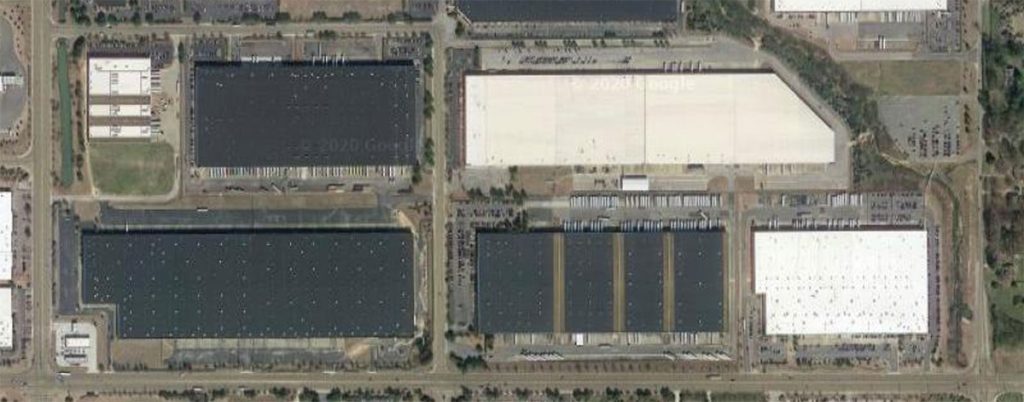
A roof for the American Snuff in Memphis, Tennessee consisted of a black EPDM Roof Membrane and 2″ fibreglass insulation and metal roof deck. After Super Therm® was applied there was a BTU reduction of 5.52 BTU/HR/Sq. Ft. You can see the image above many roofs are still covered in the black membrane.
To verify the findings, a standard calculation from the CHVAC-FULL COMMERCIAL HVAC LOADS CALCULATION PROGRAM was used from the book to show the difference between a “Dark Coloured Roof” and a “Cool Roof”. The following are slightly different from the actual readings but verifies the findings from the actual readings on the test roof. This show the difference in A/C tons needed to cool this size facility.
The Standard HVAC calculation program showed the difference in A/C of 368 Tons of equipment needed to cool this size facility. That is 368 Tons of CO2 that can be reduced by coating under a cool roof program.
The EPA Greenhouse Gas Calculator below shows the reduction of 368 Tons of CO2 can make to the planet with Super Therm!
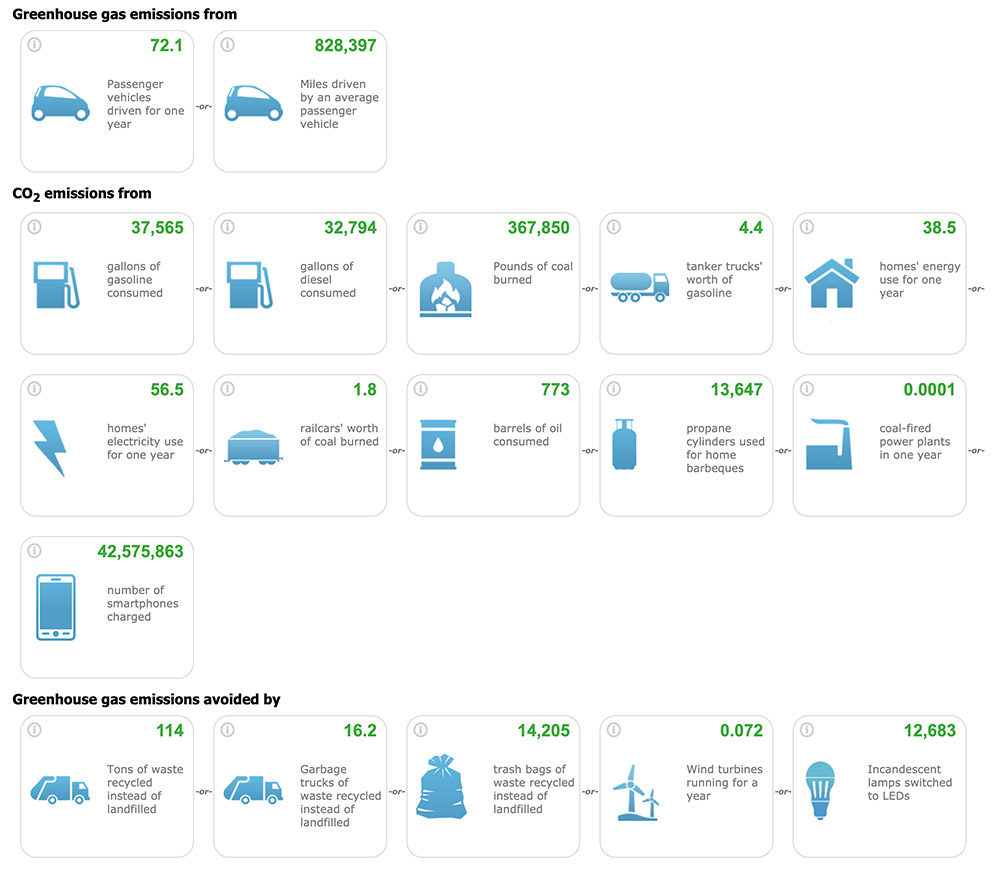
See PDF of the report
Additional Power Reduction
With the reduction of the equipment load by 300 tons, and with annual cooling hours of a standard 4000 hours per year, using an average efficiency of 1.25 KW/Ton for their cooling equipment and an average cost of $.10 per KW for energy, their annual energy reduction would be at least $150,000 per year for consumption cost. If the client pays in peak demand charges, these would also be reduced by approximately 47%. Then there is the issue of capital cost avoidance. The average cost of commercial HVAC systems is $1,200 per ton, so we are looking at a beneift of $360,000 on equipment cost. There is also the consideration of reduced maintenance cost due to fewer units running with less stress or full load conditions.
There is no way to put a finite number on the total reduction, that will be generated by this report, but when we consider energy consumption, peak demand charges, equipment cost, equipment maintenance and life extension of the roof, we are well over $500,000 annually in reductions. For a 74,320 sq.m roof, this is $6.25 per sq.m, per year reduced cost in energy and equipment benefits.
Australian Government’s Nationwide House Energy Rating Scheme (NatHERS)
To be effective, passive cooling needs to cool both the building and the people in it – Australian Government. According to the Australian Government, a 7 star rating is achievable with basic inexpensive materials such as aluminium windows and single glazing when the right design principles are applied—such as passive design and appropriate use of insulation and material selection.
The Building Code of Australia doesn’t take into consideration new and next generation solar heat block technology such as Super Therm® that blocks the heat entering the structure. NatHERS say in order to achieve a 7 Star rating building you need a roof colour of Surfmist® in Adelaide, Brisbane, Canberra, Darwin, Sydney and Windspray® in Melbourne and Hobart (Colorbond® products).
Regrettably the climate data utilised by NatHERS is based on 1990 to the end of 2015 instead of previously 1970 to 2005. We’re already 10 years behind (published page 2025). As the next 50 years in Australia most regions will experience an increase of 1.8°C to 3.4°C. This will be magnified by thermal built materials in the environment. So it will be hotter!
It’s going to be more crucial to have better reportable, documented accountability of thermal performance. As R-values are directly related to air transfer, that is the hotter it gets the faster heat moves, the lack of expectation of R-value testing is a deflation of value in the testing for the future, in that R-values testing are all based on a laboratory at just 23°C lab and are a very, very long distance away from the true environmental challenge it can’t manage.
Consumers are misled on insulation values. They are only given an R-value. No actual thermal data, not told the testing is only at 23°C or relative and the effects of moisture, compression, time, vermon and other environmental standards do not give a viable thermal solution for the future’s rising temperatures How will it be able to protect when it can’t even have environmental exposure. Building codes are way underbaking our changing environment and the desperate need for both passive and active cooling of which bulk insulation will not be able to protect homes or buildings in the future.
Super Therm® Real Solar Heat Protection!
Read Research paper about
Open Cell and Closed Cell Insulation
Super Therm® blocks heat at the envelope then helps the insulation do its job. Ironically this provides an urban heat solution that needs to meet stringent performance, yet bulk insulation gets the free pass of ‘oh well it is what it is’ 🤦♂️ yet it’s not doing the job based on pure science and physics of heat and thermal management.

The summer heat in Melbourne can exceed 40° so to have a near 50% grey roof (Windspray®) as a specified colour for a hot environment isn’t energy efficient. Interestingly Dover White® is the lightest colour in the Colorbond® range above and is recommended for the rest of the country except Perth that has Classic Cream®. Roof colours and infrared heat management are key to reducing heat load.
The Climate Council Heat Map determines rapid increased of temperatures for 2050 and 2090.
NatHERS know there’s a 25-35% heat gain through the roof. Logic concludes that if dark roofs attract more heat and require more insulation and the planet is getting hotter, then why wouldn’t cooler roofs be mandated in many climate zones across Australia, for sustainability, carbon reduction and personal safety at least.
Heat penalty for all built materials
The argument for a “winter penalty” against light roofs doesn’t hold up well when considering the physics of heat transfer. The heat absorbed by a dark roof in winter is more likely to escape to the cold environment than meaningfully contribute to indoor warmth. This further emphasises the year-round advantages of a cool roofs, but especially in climates with long, hot summers. Therefore a “heat penalty” of dark roofs, concrete tiles and Zincalume®/Galvanised roofs because the costs are greater to the community.
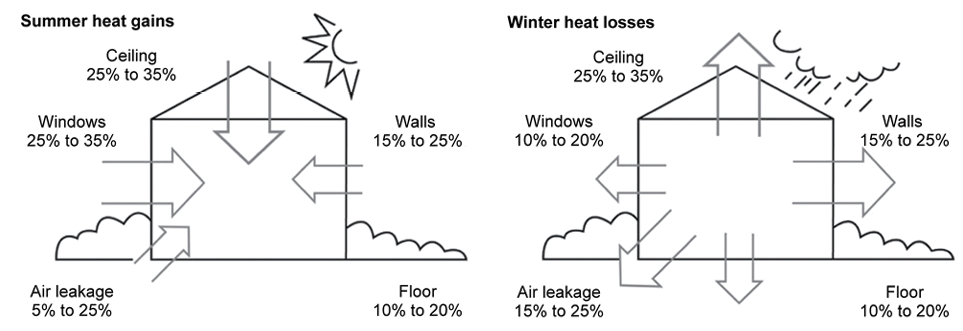
The heat absorbed by a dark roof in winter is more likely to escape to the cold environment than meaningfully contribute to indoor warmth. Research indicates that during winter, the average external surface temperature of roofs with high-reflectance tiles is lower by about 1°C compared to standard roofs (Source).
Not an issue compared the hot 20-30°C difference in summer for an unprotected roof. This further emphasises the year-round advantages of a cool roof, but especially in climates with long, hot summers where it’s needed…which means our materials are absorbing the infrared heat and making it worse.
Focus will be on the “Heat Penalty” of coloured and dark roofs, concrete tiles and Zincalume®/Galvanised roofs because the costs are greater to the community. R-value and SRI can’t save you unless you know exactly what the R-value is at that high heat ambient temperatures or the thermal conductivity of the coating to block solar heat and the heat load. The City of Adelaide Super Cool Roof demonstrates blocking infrared and reflectivity gives you an ambient surface inside and out. Great for the environment and comfort inside.
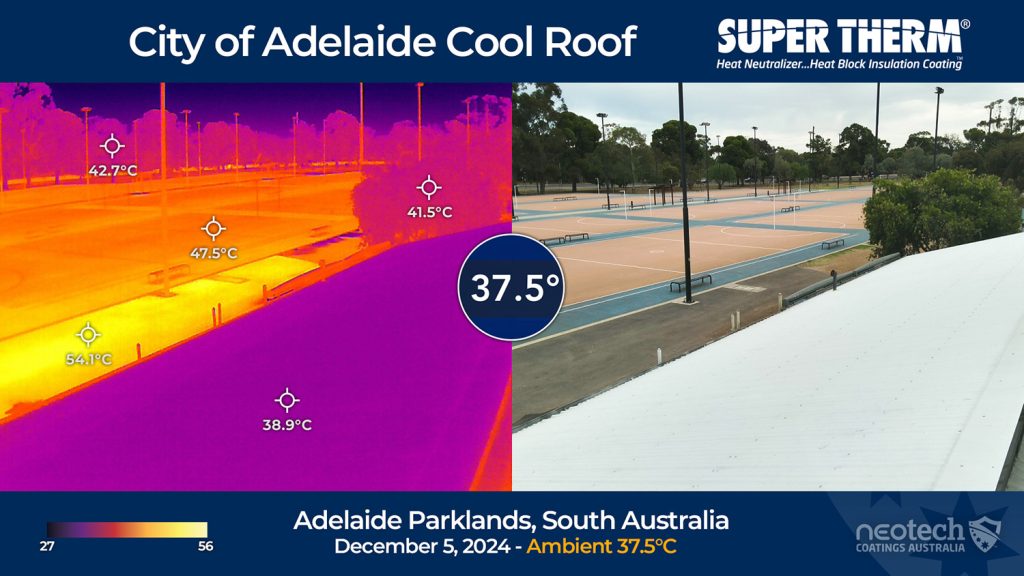
7 Star rating and beyond
The application of Super Therm® to a roof would take the energy rating beyond 7 Stars, proven to reduce up to 20-50% in energy use (Industry testing) while lowering CO2 emissions and extending roof life. Super Therm® solar heat block coating technology blocks 95% of solar heat entering a building and used globally…that’s a game changer!
1991-1994 Cool Roof Test
Measured Cooling Energy Reduction From Reflective Roofing Systems In Florida: Field And Laboratory Research Results
A series of field experiments in Florida have examined the impact of reflective roof coatings on air conditioning energy use in occupied homes. The tests were conducted on nine residential buildings from 1991 to 1994 using a before and after protocol where the roofs were whitened at mid-summer. Measured AC electrical reduction in the buildings during similar pre- and post-retrofit periods averaged 19%, ranging from a low of 2% to a high of 43%. Utility peak coincident peak reduction averaged 22%. Cooling energy reductions appear to depend on ceiling insulation level and roof solar reflectance, air duct system location and air conditioner sizing relative to load.
Cool Roofs : Utility peak coincident peak reduction averaged 22%
A complementary thermal study of the effect of reflective roofing systems has been conducted in a side-by-side roof test facility. Ceiling heat flux reductions up to (60%) were measured from reflective roofing in these experiments. However, the test results have also shown degradation in solar reflectance and associated thermal performance after a year of exposure. More >
Note: It has been proven that many other products in the marketplace also suffer from degradation in solar reflectance, thermal performance and durability in a very short time. Both a Japanese heat reflective paint study and product comparison by Energy Star have verified this.
Urban Heat Island (UHI)
There are many reasons for UHIs. When houses, shops, and industrial buildings are constructed close together, it can create a UHI. Building materials are usually very good at insulating, or holding in heat. This insulation makes the areas around buildings warmer – National Geographic
Nighttime temperatures in UHIs remain high. This is because buildings, sidewalks, and parking lots block heat coming from the ground from rising into the cold night sky. Because the heat is trapped on lower levels, the temperature is warmer – National Geographic
When we compare in Google Maps, Darwin’s use of cool roofs with the City of Parramatta there is a noticeable difference in light coloured roofs. While Darwin as a community understands the net gain of utilising cool roofs. It is important to understand there are additional benefits by applying the correct solar heat block coating technology that gives sustainable and long term solar heat reflection.
| v | ||
| City of Parramatta (Google Maps) | City of Darwin (Google Maps) |
Hotter climates means more power and more discomfort
The Climate Council said “Climate change is making hot days and heatwaves more frequent and more severe. Since 1950 the annual number of record hot days across Australia has more than doubled and the mean temperature has increased by about 1°C from 1910.” (source).
Specifically, there has been an increase of 0.2 days/year since 1957 which means, on average, that there are almost 12 more days per year over 35°C.
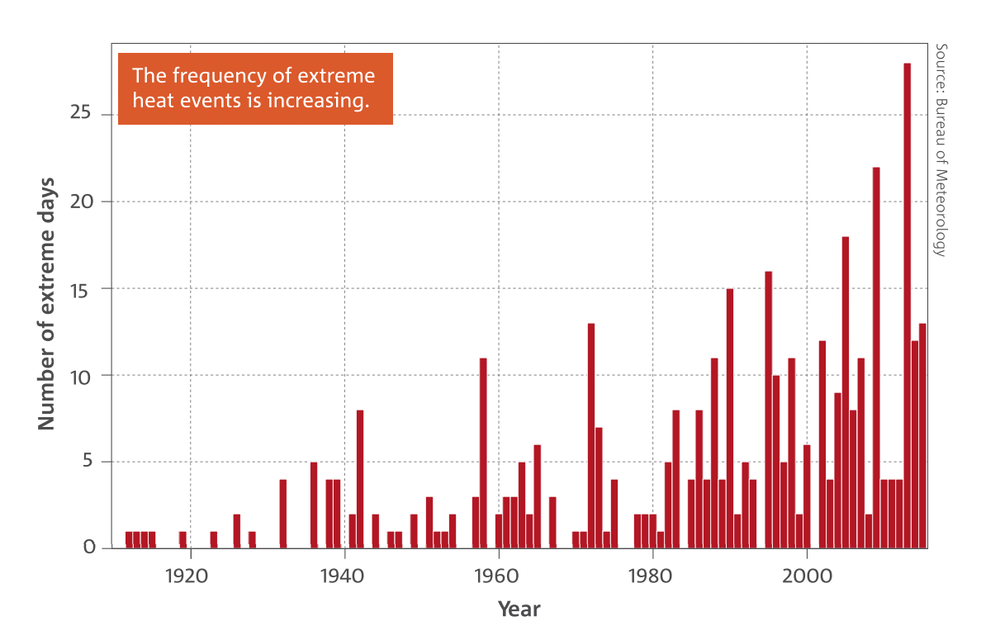
High electricity prices cripple Australian manufacturers and consumers
As global temperatures are rising, South Australia has the highest electricity prices in the world. The chart below shows electricity prices (in Australian dollars) for selected countries. The U.S. average is approximately 1/3 the cost of South Australian electricity (Source).
As heat increases with more heatwaves, the cost of running air conditioning becomes more expensive and the recommendations by NatHERS for energy efficient homes means we are running out of options. Either pay with climate heat or pay with power….however, there is a next generation solar heat block solution!
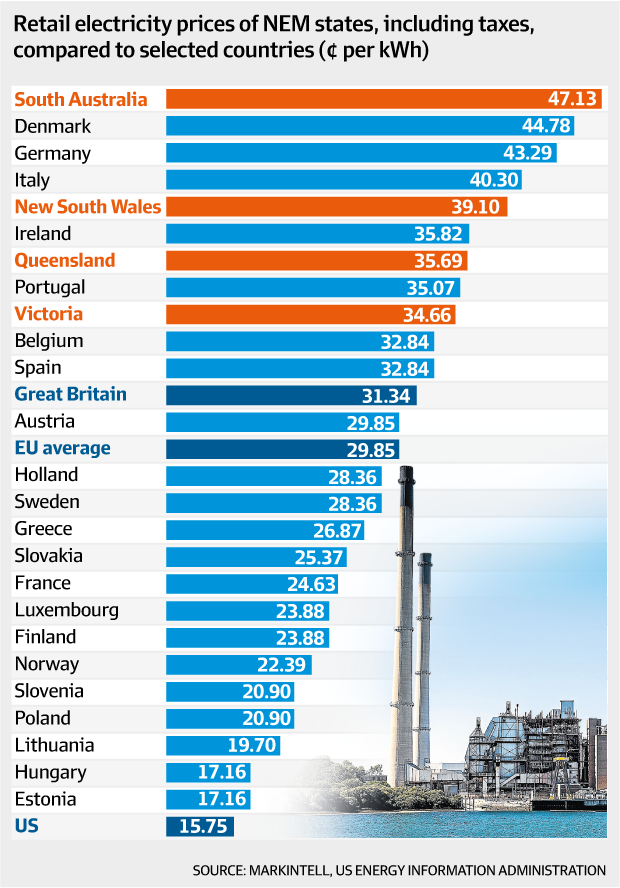
Super Therm® is the Ideal Performance Cool Roof Coating
Super Therm® was tested with a very low “absorption” emissivity of 0.05 and a very high “infrared emissivity” in the different radiation wave lengths of 92% and 99%.
The combination of the absorption emissivity of 0.05 and the infrared emissivity of 0.90 to release the surface heat and reflectivity in the different wave lengths of 92% for visual light (short wave) and 99% for infrared (long wave) radiations makes Super Therm® an excellent coating to be applied over substrates to prevent heat gain into the surface while eliminating the heat from the surface very quickly.
This type of coating performance is what the Cool Roof committees across the US have written as their ideal performance criteria for such a roof coating.
Summary
- Australia’s and the world’s global temperatures are rising
- Australia has amongst the highest electricity prices globally
- 25-35% of heat is transferred into a building is through the roof
- Air conditioners have to work harder to keep the heat out and are costing Australia more than $1.3 billion over the summer months not to mention more CO2 emissions (source)
- Dark roofs attract 50% more heat than light roofs
- Bulk insulation absorbs heat load in the building and then releases it into the structure and; it can’t keep up with rising temperatures
- NatHERS specification doesn’t allow for stopping heat
- New options need to be considered as part of the overall strategy.
Solution: Next Generation Solar Heat Block: High Performance Super Therm®
Japan has covered more than 9,300,000m2 with Super Therm® to reduce energy since 2002!
At NEOtech Coatings Australia we understand the significant benefits to be had through managing your energy absorption through the roof and walls. Our global studies over 30 years with our high performance coating manufacturer SPI Coatings are 100% confident Super Therm® delivers to solutions for less energy use, improved comfortable, heat island effect reduction and protect your roof!
Contact us today if you want to be part of the Cool Roof Australia transformation!
NEOtech Coatings Articles
- Australia’s Cool Roof Building Energy Efficiency Opportunity
- Is SRI really an Effective Cool Roof Standard? – LinkedIn
- Cool Surface Technology
- Cool Roof Guide
- Why is your home hot at night?
- Urban Heat Island Effect
- 7 reasons to apply a cool surface and roof coating system on your building
NEOtech Coatings the Cool Roof Solutions Provider
How Super Therm® can reduce CO2 emissions in your business and reduce money spent on energy.



